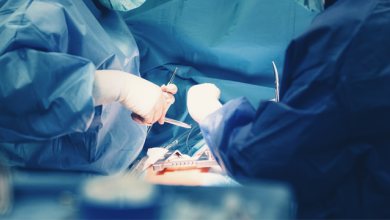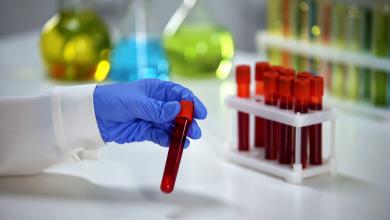Search results
Author(s):
Alexander M Bernhardt
Added:
4 years ago
AHA 2021: Late-breaking Science Video Collection
Author(s):
Anushka Patel
,
Stephen Nicholls
,
Jeffrey Weitz
,
et al
Added:
2 years ago
Video Series
Author(s):
Marko Noc
,
Roxana Mehran
Added:
1 year ago
Author(s):
Darshni Arishta Jhagroe
,
Jur ten Berg
Added:
3 years ago
Dual antiplatelet therapy (DAPT) is indicated in patients who need to undergo percutaneous coronary intervention (PCI) procedures.1 Compared with oral anticoagulation (OAC) and aspirin, DAPT has been shown to reduce the risk of thrombotic events and the rate of bleeding events.2 Chronic OAC is required in up to 10 % of the patients undergoing PCI, and is usually indicated for AF and mechanical…
View more
MGuard Embolic Protection Stent
Author(s):
Ricardo Costa
,
Alexandre Abizaid
,
Jean Fajadet
,
et al
Added:
3 years ago
Article
Author(s):
Azfar Zaman
,
Bernard Prendergast
,
David Hildick-Smith
,
et al
Added:
1 year ago
Stenting of Hypoplastic Aortic Segments with Mild Pressure Gradients and Arterial Hypertension
Author(s):
Derize E Boshoff
,
Werner Budts
,
Marc Gewillig
Added:
3 years ago
Article
Author(s):
John G Coghlan
,
Alexander MK Rothman
,
Stephen P Hoole
Added:
3 years ago
Author(s):
Phyo Htet Khaing
,
G Louise Buchanan
,
Vijay Kunadian
Added:
3 years ago
Many profound physiological changes take place in the cardiovascular system during pregnancy to meet the increased metabolic demands of both the mother and foetus. Such changes include an increase in circulating blood volume and cardiac output and decreases in systemic vascular resistance, blood pressure and hypercoagulation.1,2 The increase in circulatory burden during pregnancy and the…
View more
Author(s):
Aman Ali
,
Timothy A Sanborn
Added:
3 years ago
Cardiogenic shock (CS) remains the leading cause of death among patients hospitalised for acute myocardial infarction (AMI), with mortality rates of approximately 50%.1 Even with the benefit of thrombolytic therapy and intra-aortic balloon pumps (IABPs), the in-hospital mortality rate of patients with CS from AMI was only lowered from 63 to 47% according to a report from the SHould we emergently…
View more

















 « First
« First